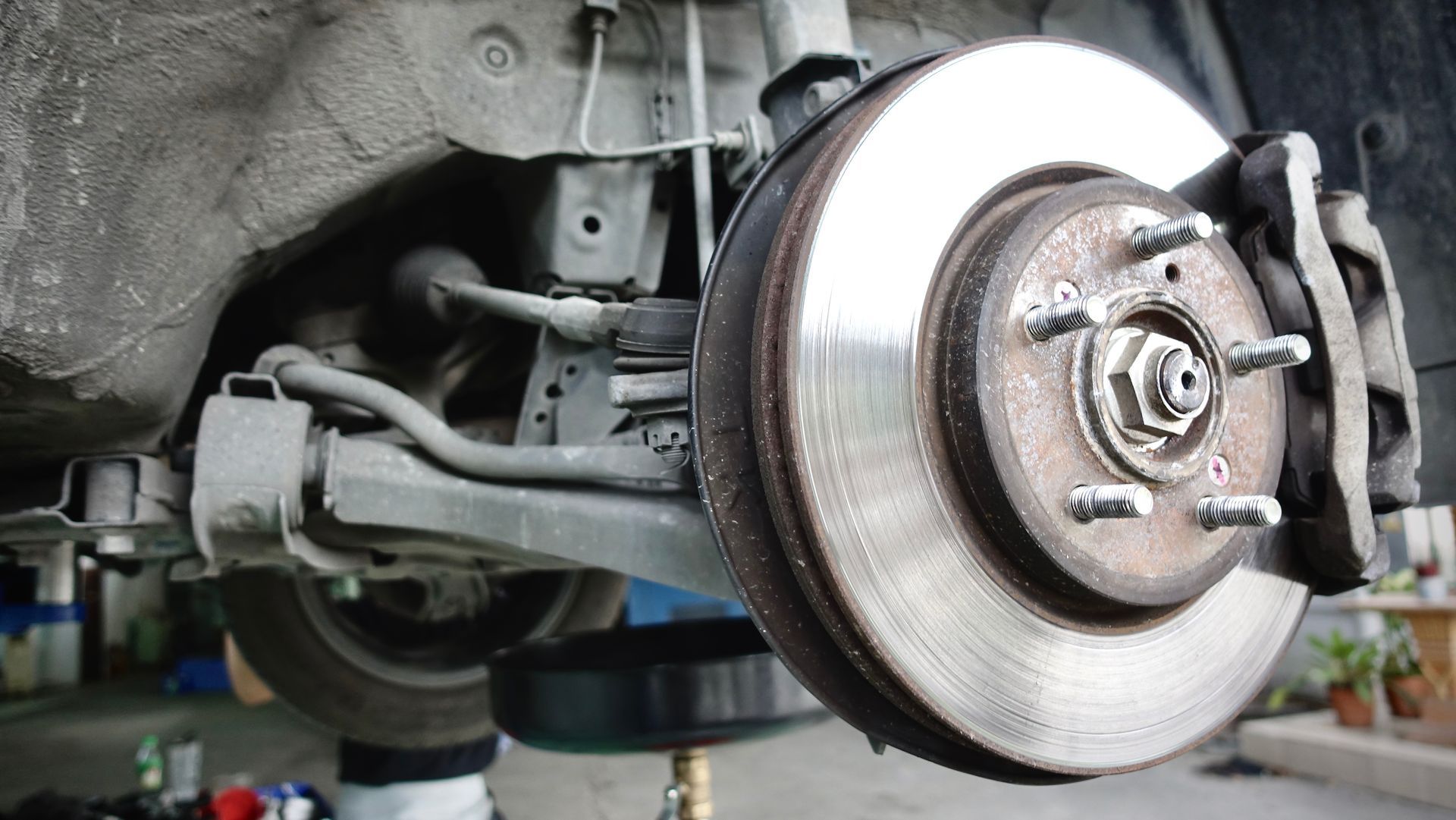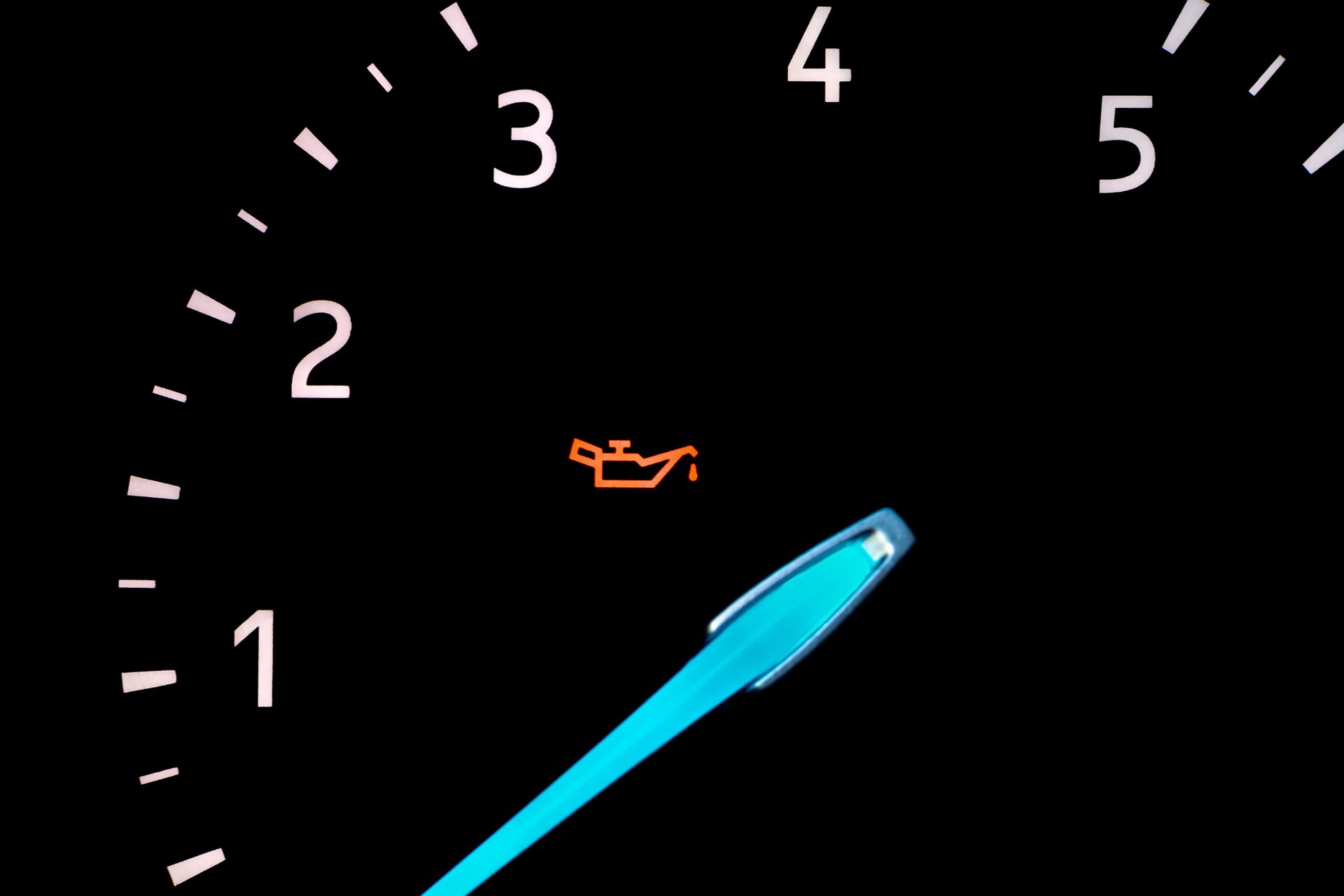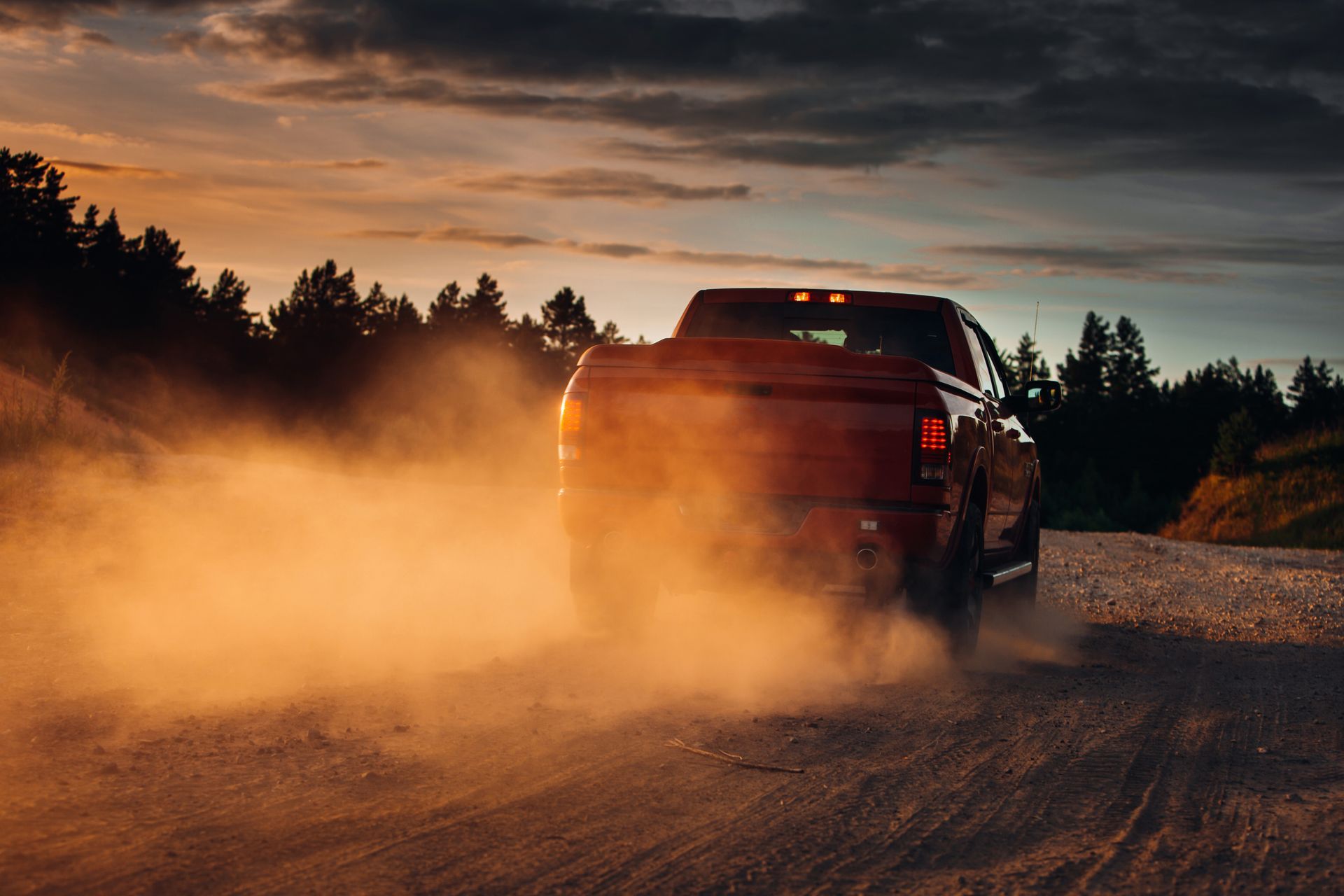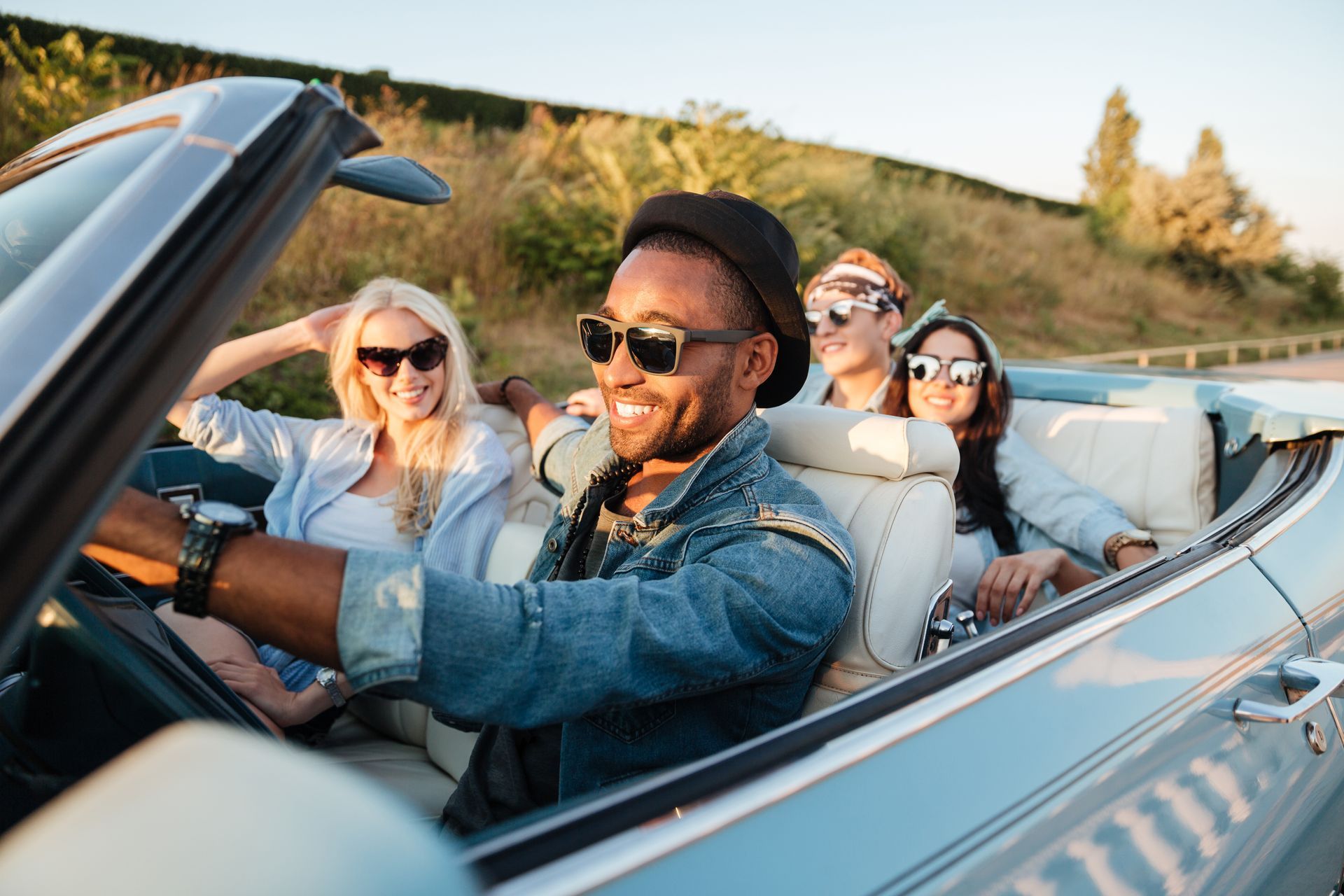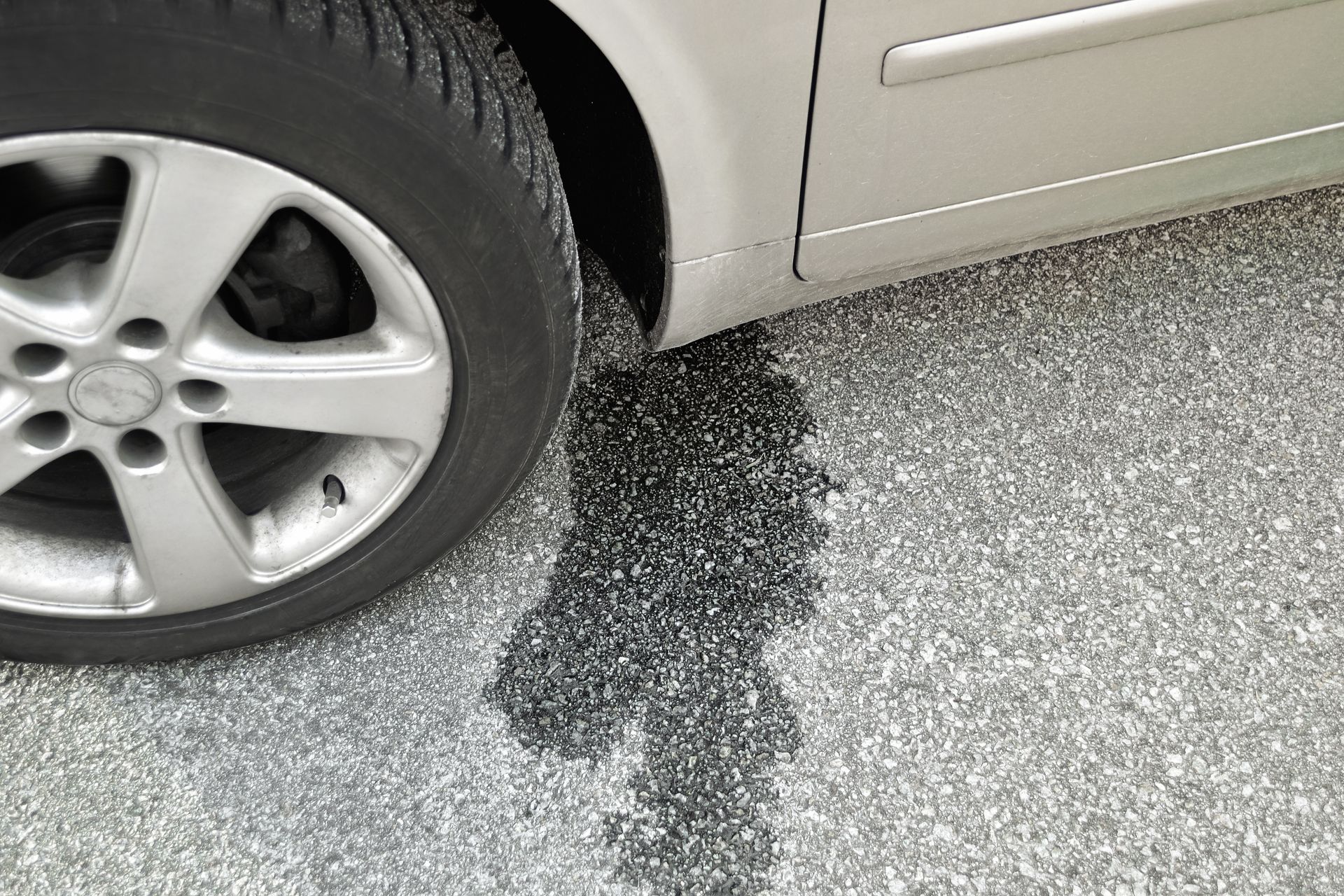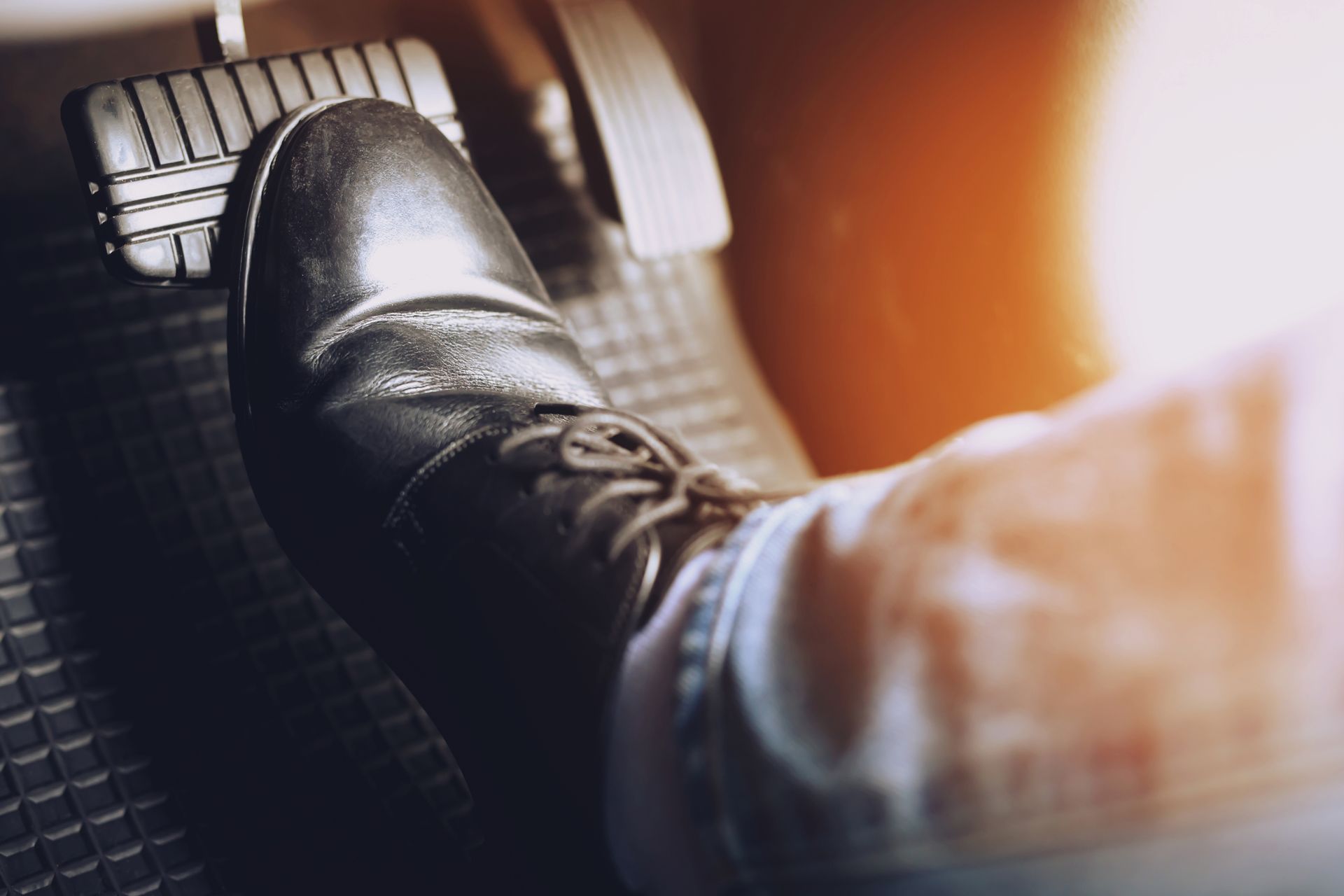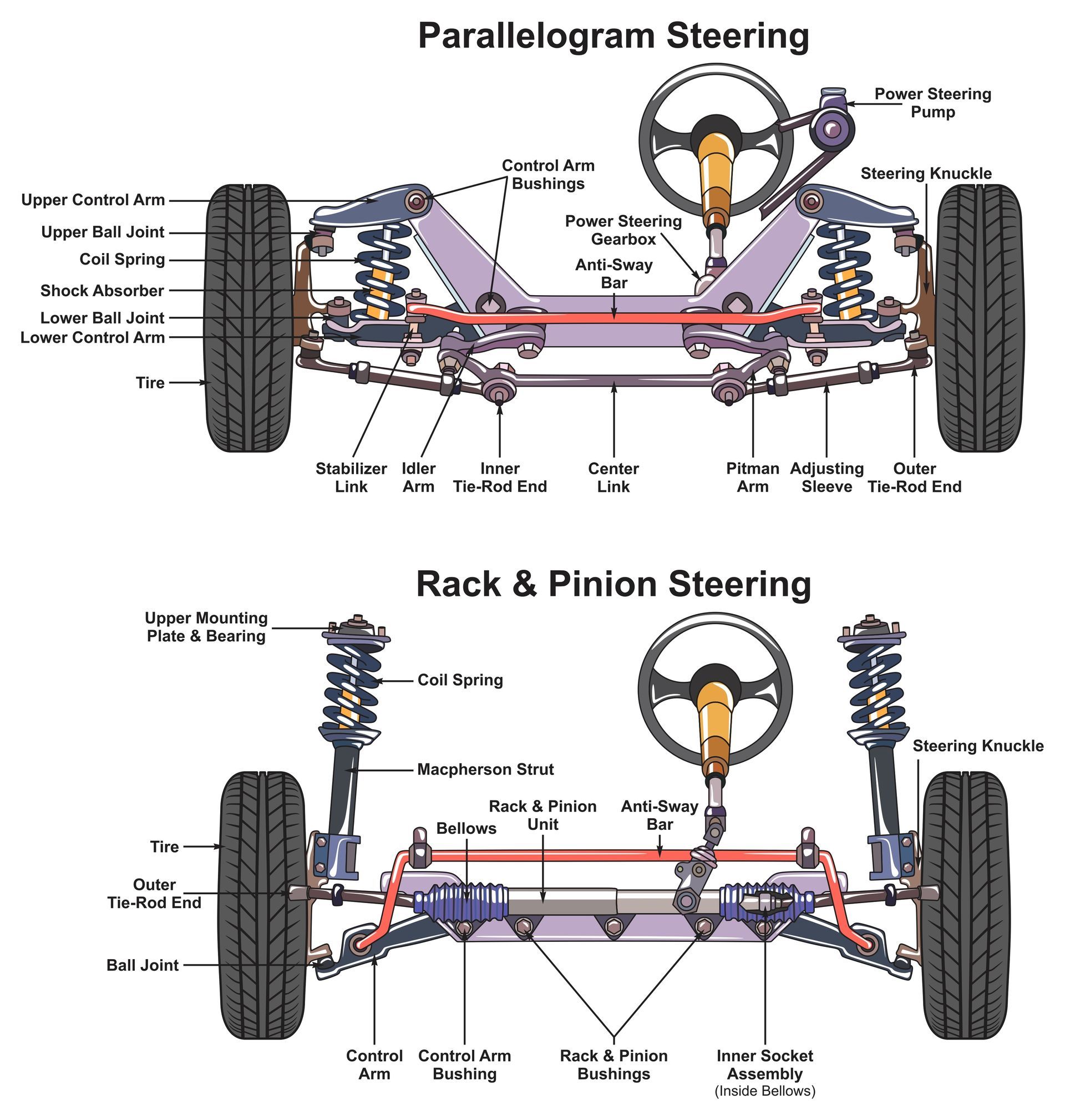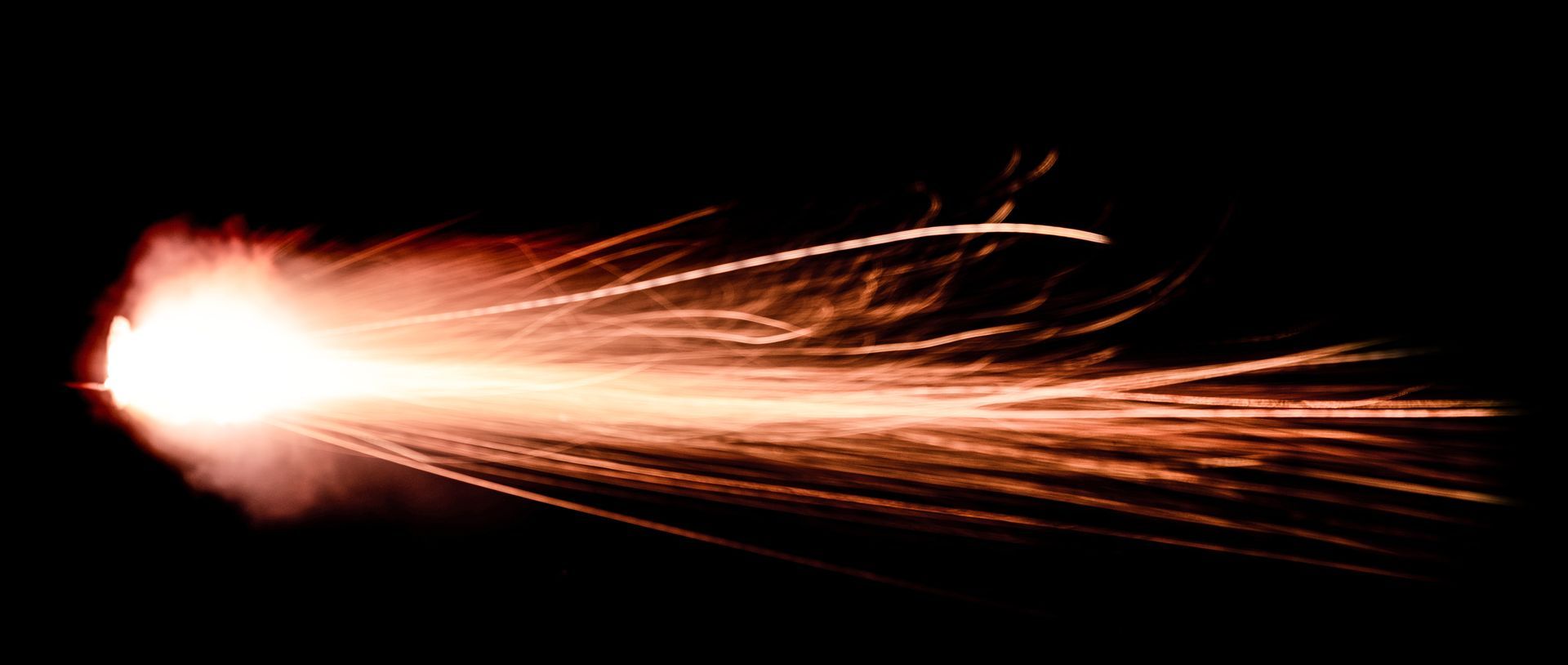How Car Color Impacts Cabin Heat in the Texas Sun
Texas summers can turn your car into an oven in a matter of minutes. If you’ve ever opened the door on a hot afternoon and been hit by a wall of heat, you know the struggle. But did you know your car’s color plays a role in how hot the interior gets?
While parking in the shade or using sunshades can help, the color of your vehicle affects how much sunlight it absorbs. This might not be something you think about when choosing a car, but in a hot climate like Texas, it can make a noticeable difference. Let’s break down how car color impacts cabin heat and what you can do to stay cooler.
Dark Colors Absorb More Heat
It’s not just a myth—black cars really do get hotter. Dark colors like black, navy blue, and dark gray absorb more sunlight than lighter shades. This absorbed energy turns into heat, raising the temperature of the vehicle’s surface and eventually its interior.
When a black car sits in direct sunlight, its surface can reach well over 150 degrees Fahrenheit. The heat then radiates into the cabin, warming up the dashboard, seats, and air trapped inside. That’s why it often feels like stepping into a furnace when you open the door.
Lighter Colors Reflect More Sunlight
On the flip side, white, silver, beige, and other light-colored cars reflect a greater portion of the sun’s rays. That means they don’t heat up as quickly or retain as much warmth. The interior of a white car can be up to 15 to 20 degrees cooler than that of a black car in the same conditions.
While the difference might not seem huge on paper, it’s certainly noticeable when you get in. Lighter-colored vehicles generally feel more comfortable after sitting in the sun, especially in extreme heat.
Interior Color Also Affects Cabin Temperature
It’s not just the outside color that matters. Your car’s interior, especially the dashboard, seats, and door panels, also absorbs heat. Dark interiors trap heat just like dark exteriors, making black leather seats especially hot to the touch after sun exposure.
If your car has a dark interior, using seat covers or installing window shades can help reduce the amount of heat absorbed and protect surfaces from UV damage and fading.
Other Factors That Impact Interior Temperature
Car color is only one factor in cabin heat. Here are a few others that play a role:
- Window tinting: Quality window tint blocks UV and infrared rays, dramatically reducing heat buildup.
- Sunroof or moonroof: These features add sunlight exposure, especially if left uncovered.
- Vehicle size and design: Larger windows and more glass surface area increase heat penetration.
- Ventilation: Cars with better ventilation systems may cool down faster once started.
Combining a lighter exterior color with tinted windows and interior sun protection offers the best results for keeping your car cooler.
Tips to Keep Your Cabin Cooler in the Texas Heat
Regardless of color, here are a few practical steps you can take to beat the heat:
- Use a reflective windshield sunshade every time you park.
- Keep your windows slightly cracked (if safe) to allow heat to escape.
- Apply ceramic window tint to block heat and UV rays.
- Cover your steering wheel and seats if they’re made of dark leather.
- Start your engine and run the AC with the windows down briefly before getting in.
These small habits can help make a big difference, especially during triple-digit days common throughout Texas.
Kwik Kar Auto Repair – Helping Texas Drivers Stay Cool Year-Round
At
Kwik Kar Auto Repair in Plano and across our 17 other Texas locations,
we know how intense the heat can get—inside and outside your vehicle. Whether you need AC service, window tinting, or help choosing sun protection products for your car, we’re here to help. Stop by your local Kwik Kar and let us keep you comfortable behind the wheel, no matter how hot it gets.
